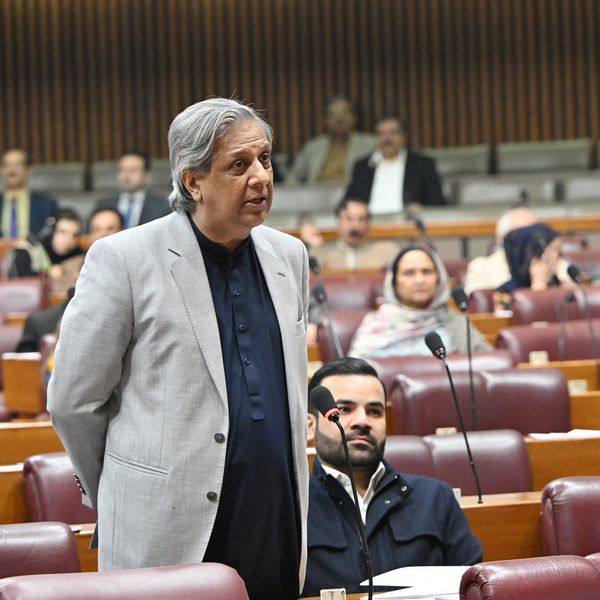Pakistan records $2.1B current account surplus, first in 14 years
FY25 surplus is highest since 2003; June alone posts $328M surplus as trade gap narrows
Business Desk
The Business Desk tracks economic trends, market movements, and business developments, offering analysis of both local and global financial news.

Pakistan posts current account surplus
Shutterstock
In a major positive development for Pakistan’s external sector, the country recorded a current account surplus of $2.1 billion in fiscal year 2024–25, marking the first annual surplus in 14 years.
The last time Pakistan posted a surplus was in FY2010–11, when the current account balance stood at just $214 million. The latest figures reflect a dramatic turnaround from a $2 billion deficit in FY2023–24, driven by improved trade management, robust remittance inflows, and import compression.
The FY25 surplus is the highest since 2003, when the country logged a $4 billion surplus.
As a share of gross domestic product (GDP), the current account surplus reached 0.5% in FY25—up from a deficit of 0.6% in the previous year. The government estimates a current account deficit of $1.6 billion in FY2025–26 amid expectations of an economic rebound.
The recovery has been especially visible in recent months. In June 2025, the current account posted a $328 million surplus, compared with a $500 million deficit in June 2024.
Economic analysts attribute this reversal to policy measures aimed at narrowing the trade gap, tighter import controls, and sustained inflows from overseas Pakistanis.
The current account is a key indicator of a country’s foreign exchange health. It tracks the flow of goods, services, investment income, and transfers in and out of the country. A surplus indicates that the country is earning more from its exports and remittances than it is spending on imports and debt payments.
Historically, Pakistan has struggled to maintain a surplus due to a high import bill and sluggish exports. Large current account deficits have been a persistent source of pressure on the Pakistani rupee and foreign exchange reserves, often leading to emergency financing from multilateral institutions like the International Monetary Fund (IMF).
The return to surplus strengthens Pakistan’s external financing position and provides relief to the State Bank of Pakistan as it seeks to rebuild reserves and stabilize the exchange rate.
However, experts caution that the surplus has come partly at the cost of reduced economic activity—especially due to import restrictions and weak industrial output. The challenge now is to sustain a healthy current account while allowing for economic growth and lifting restrictions that have stifled private-sector activity.
The surplus also strengthens Pakistan’s hand in ongoing talks with the IMF and international creditors. It provides breathing room ahead of heavy external debt repayments, estimated at $23 billion in FY2025–26.
While the current account surplus is a welcome sign, sustaining it will require a strategic balance between economic expansion, export growth, and disciplined fiscal management.










Comments
See what people are discussing